Editor’s note: This guest post is a part of our latest initiative to demystify design and find the best brand designers and agencies in the world who work with early-stage companies — nominate a talented brand designer you’ve worked with.
Chances are you’ve heard one or more of the following statements at work (or some flavor of them):
- “We’re an engineering-driven company.”
- “We’re a product-driven company.”
- “We’re a design-driven company.”
While at first glance the statements above may seem innocuous, what they really imply is a power dynamic where a particular perspective carries more weight and influence in decision-making than others. How did it get that way in the first place? Was the founder a PM in a previous company? Did the first hires all happen to be engineers? Or does the most vocal person happen to be from a particular discipline? These are some examples of how biases get institutionalized. They can get seeded early and compound over time, or happen quickly as new leaders get installed as the company grows.
Whether intentional or not, these imbalances can disempower other disciplines, create fiefdoms, and erode trust between colleagues. Over time, these divisions kill productivity and quality. Internal factions waste valuable time and energy jockeying for influence and control, while the product gets fragmented and confusing for users.
On the flip side, when disciplines and teams are aligned there is less value placed on which person or discipline “made the call.” Over time, teams move quickly, learn together, get through iteration cycles effortlessly, spend more time producing high-quality results that reach users, and less time infighting. It’s like being in a state of flow, but for teams. So what is it that these high-performing teams align on? You’ve probably heard it before, but it’s worth unpacking:
The user.
Ideally, the most important driver of decisions isn’t one person or discipline in your organization—it should be your user. Your job is to help them navigate. Everyone building the product or making decisions about it, regardless of discipline, should understand who they’re building for, and why what they’re doing is contributing to improving that user’s experience.
User-centric thinking is the hallmark of the world-class companies because they love and obsess about you—the user. Amazon calls this customer obsession. Ideo calls this human-centered design. During my time at Pinterest, the most important company value was to “Put Pinners first.”
By focusing on serving the user, it removes the pressure on any individual or discipline to always make the right call. Focusing on what is right for the user, rather than who is right removes ego from the equation. Users ultimately decide anyway—they vote with their behavior and attitudes.
Serving your users better is a goal with no finish line. Understand that the decisions you make will sometimes improve their experiences and sometimes degrade them. Nobody has 100% hit rate, and nobody can predict the future with complete certainty. In a culture of good decision-making, the goal isn’t to get any single decision exactly right (although that’s always nice), but to make consistently good (and better) decisions over time, especially the important ones.
So how do you get your company oriented around users? Consider three important factors: (1) people with the right mindset, (2) an approach to balanced decision-making that starts with users, and (3) the mechanics and properties of high-quality decisions.
1. Identify and empower T-shaped people
Differences in opinion are inevitable. But in order to have consistently productive discussions, debates, disagreements, and ultimately decisions, you’ll need T-shaped people. A T-shaped person refers to someone who has a deep domain expertise in at least one field (the depth of their T), as well as a strong ability to collaborate with people across other areas of expertise (the breadth of their T). Here’s some examples of T-shaped people, who might also happen to make a strong team:
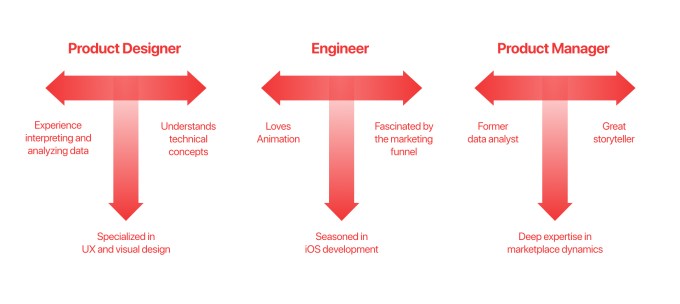
T-shaped people tend to be the best teammates—they have deep knowledge that they are willing to share and explain to their counterparts, as well as a built-in curiosity that welcomes new perspectives. This is especially important in leadership and decision-making roles. What’s more, their curiosity and empathy doesn’t just apply to their colleagues, it naturally extends to users.
What T-shaped people realize is that no single person or discipline is more important than the other, nor should they strive to be. Sure, there are moments where one’s expertise makes their input more credible, but It’s how their collective talents serve the user that ultimately matter most. People (and hopefully T-shaped people) are the most basic ingredients of your culture. Choose wisely.
Ways to identify T-shaped people
- Look for curiosity and empathy. Top quality execution and results are a given, but don’t stop looking there. What was the user problem they were trying to solve? How did they arrived at that solution? What were the insights that led them to take their projects in a particular direction? What promising directions did they decide not to pursue, and why? Were they involved in research and understanding the users? Can they clearly articulate the needs of the customer? Does it feel like they know them intimately and care?
- Look for humility. On projects, what assumptions did they make that were completely wrong? How did the user or other disciplines show them a different and valuable perspective? Do they share the credit? Did they help others succeed? Individual talent is important, but building great products is a team sport.
2. Make balanced decisions that start with users
User-centered (aka customer-centric, human-centered) thinking is a way of framing problems with a clear starting point: understanding and empathizing with user needs. If T-shaped people are your basic ingredients, then the user-centered thinking is a recipe—a way to combine and enhance the ingredients to produce amazing results. Here’s what it looks like:
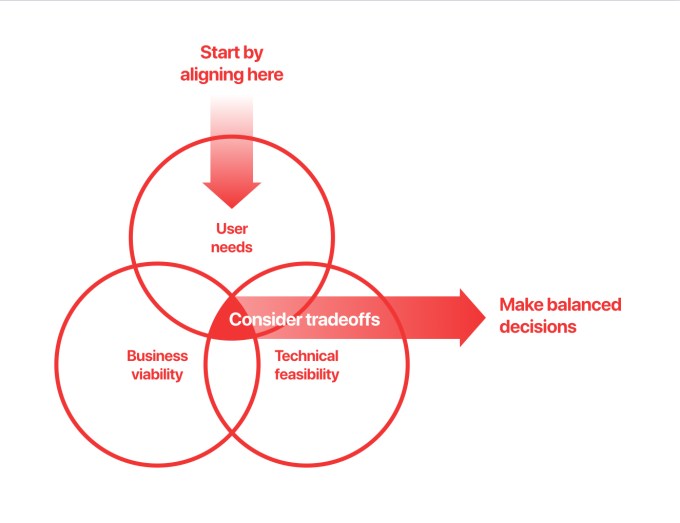
Have your team start by asking “what is the user problem we’re trying to solve?” It’s a deceivingly simple focusing mechanism. It may take some rigorous debate to align on the right problem, but once that happens, decisions from all disciplines have a clear tie back to driving user value first—making the product faster, cheaper, more efficient, more delightful, easier to understand—then orienting their collective effort around providing that value.
Less user-centric teams will do the opposite: look for ways to make their own work easier or more efficient, look to optimize their own sub-team metrics, or satisfy their own personal curiosities—and leave the user to orient themselves around their organizational efficiencies. If you’ve ever felt a broken sign-up flow or confusing onboarding experience, then you know what I’m talking about.
While user-centric thinking starts with users, no single lens is more important than the others. It’s entirely possible to satisfy a user completely, while simultaneously killing your business. That’s not a good decision. Or you could dream up amazing ways to delight your user, but in ways that aren’t achievable with today’s technology—that’s no good either. The overlap of perspectives is what leads to effective decisions and great solutions. T-shaped decision-makers will know how to make those appropriate tradeoffs.
3. Make high-quality decisions
Evaluating decisions through multiple lenses is important to getting to consistently good, balanced decisions over time. What decision best satisfies your user’s needs, is good for the business (overall, not just for your sub-team or business unit), and technically sound? The overlap is where high-quality decisions are born. But there are additional mechanics and properties that make decisions high-quality.
In my experience, high-quality product decisions are:
- User-centric. First and foremost, rooted in understanding and serving user needs. Not just listening to what users say or watching what they do, but understanding how they think and feel.
- Considered. They proactively seek input from, and communicate with, relevant stakeholders and examine the possibilities through multiple lenses before making decisions. They anticipate immediate effects, but also secondary and tertiary effects as well.
- Balanced. It’s good for the user, good for the business overall, and technically sound.
- Timely. They don’t take too long, but they aren’t made in haste either.
- Calculated. It’s important to take risks, but don’t bet the farm unless it’s absolutely necessary. Start small and learn. Double down when it works, readjust when it doesn’t.
- Communicated before action. They are stated as clearly as possible up-front, before taking action. Their rationale is shared, citing intended effects and flagging major risks.
- Humble. Good decisions focus on what is right, not who is right. They embrace failure as part of the process, so long as there is valuable learning. For example, a decision may yield a learning that helps you not to pursue a particular direction, saving valuable time and effort.
- Monitored. They are tracked closely to manage both positive and negative effects.
- Shared broadly. Their results and learnings are examined and shared broadly (and especially with affected parties), whether results are good or bad; intended or unintended—giving future decisions a stronger starting point.
The case for culture
Very few companies, and even fewer startups, stand the test of time. Products and services today are all dynamic, and expected to evolve with the changing landscape of fickle users and emerging technologies. With limited time and resources, I can already hear people saying, “this seems like a lot of work” and ask, “can we really afford to invest this much thought and energy into culture?”
The bottom line is building great products is hard work. And it’s work that never ends, if you’re doing it well. Over time, your product will morph in small and big ways with each new version, to the point where it may be unrecognizable from your starting point. So what will persist, and why? Your culture—the people, their shared attitudes, values, goals, practices, and decisions—will determine that. So isn’t that worth investing in as much as the product itself? In the end, they’re one in the same.
Source: Tech Crunch



 These moves also speak to Bumble’s aspiration to be more than just another dating app and Tinder rival.
These moves also speak to Bumble’s aspiration to be more than just another dating app and Tinder rival.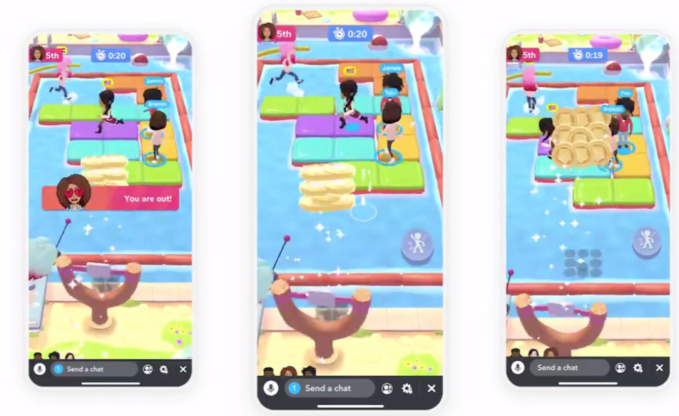


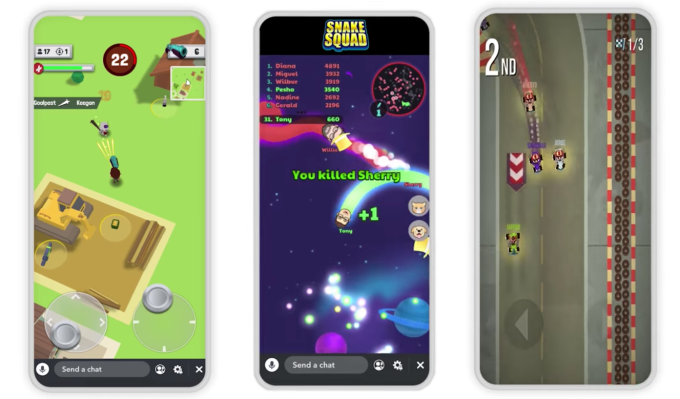
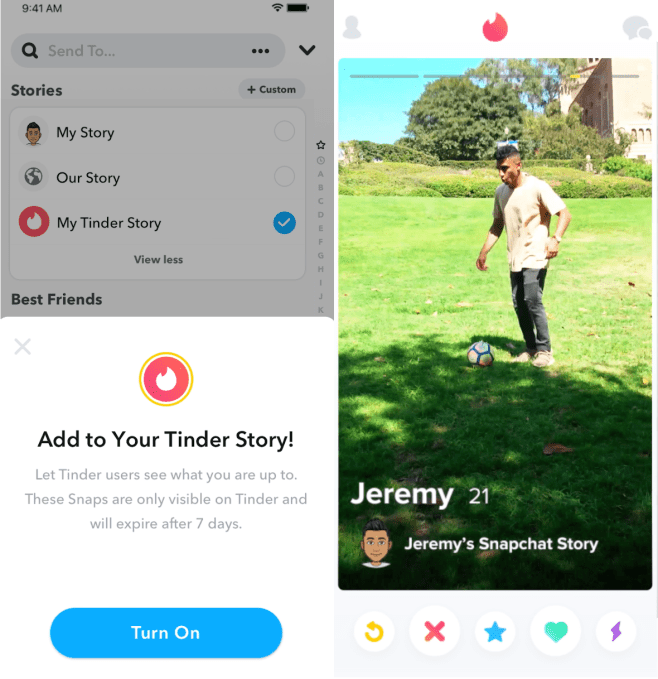
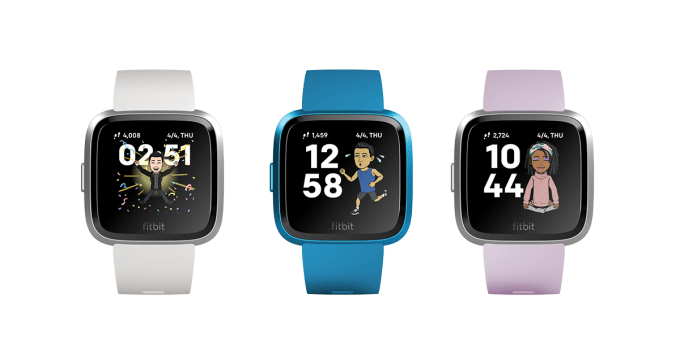

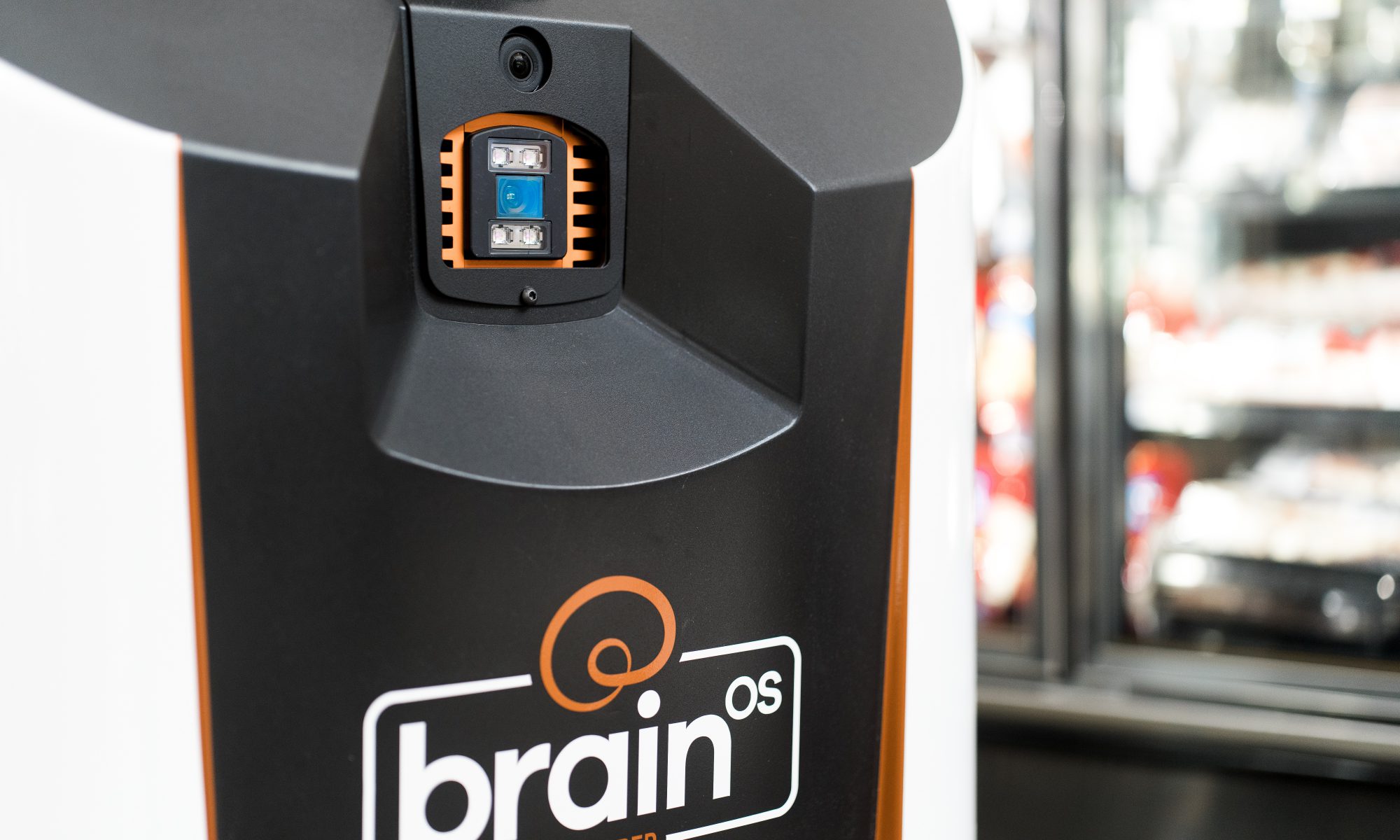
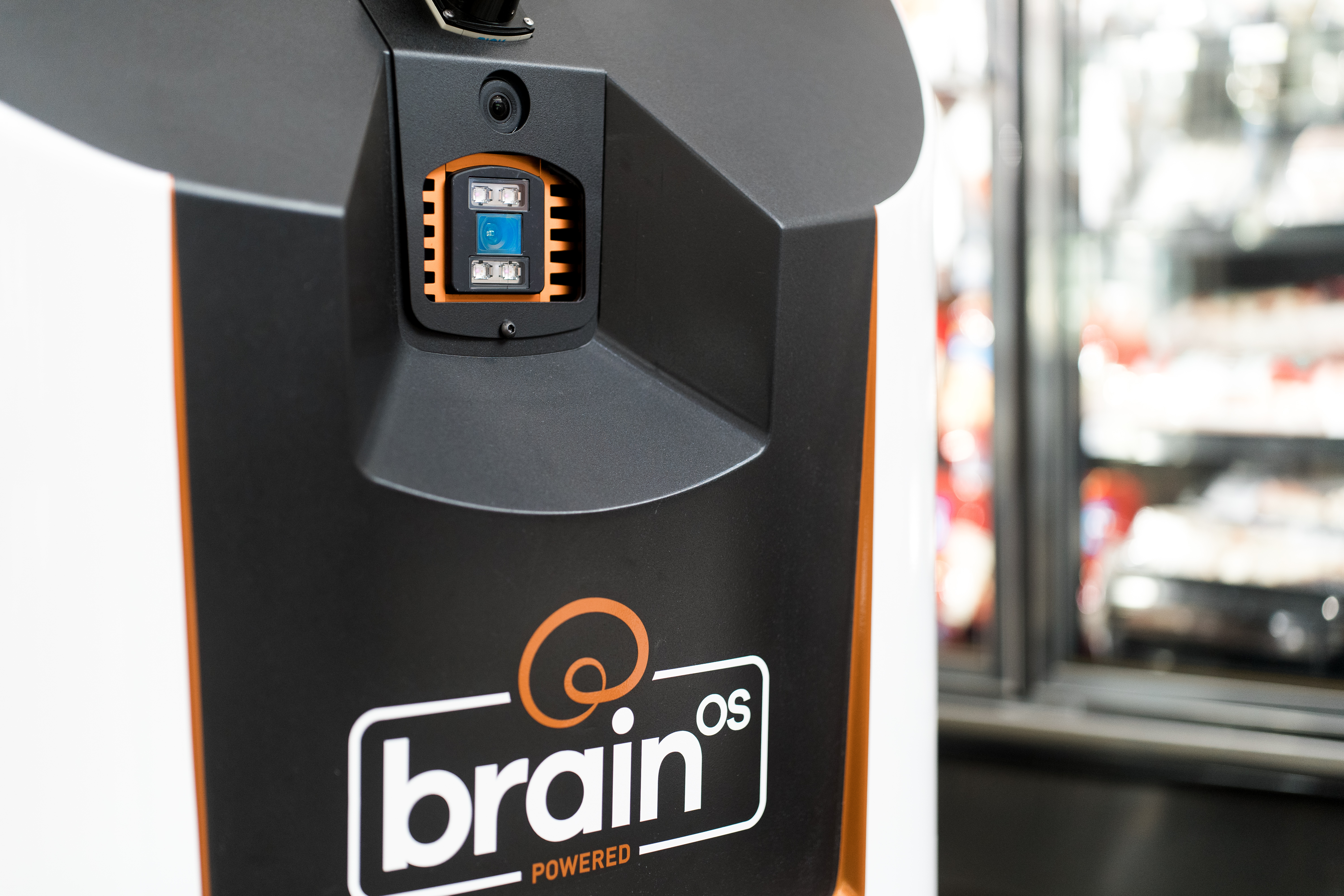

 ” you see the same thing on your end that I see on my end. But how can there be a symbol for something that’s kept secret until its official debut, and which is assembled from parts of other Japanese words into a single brand-new character? It’s a bit like announcing they were adding a new letter to the alphabet.
” you see the same thing on your end that I see on my end. But how can there be a symbol for something that’s kept secret until its official debut, and which is assembled from parts of other Japanese words into a single brand-new character? It’s a bit like announcing they were adding a new letter to the alphabet.